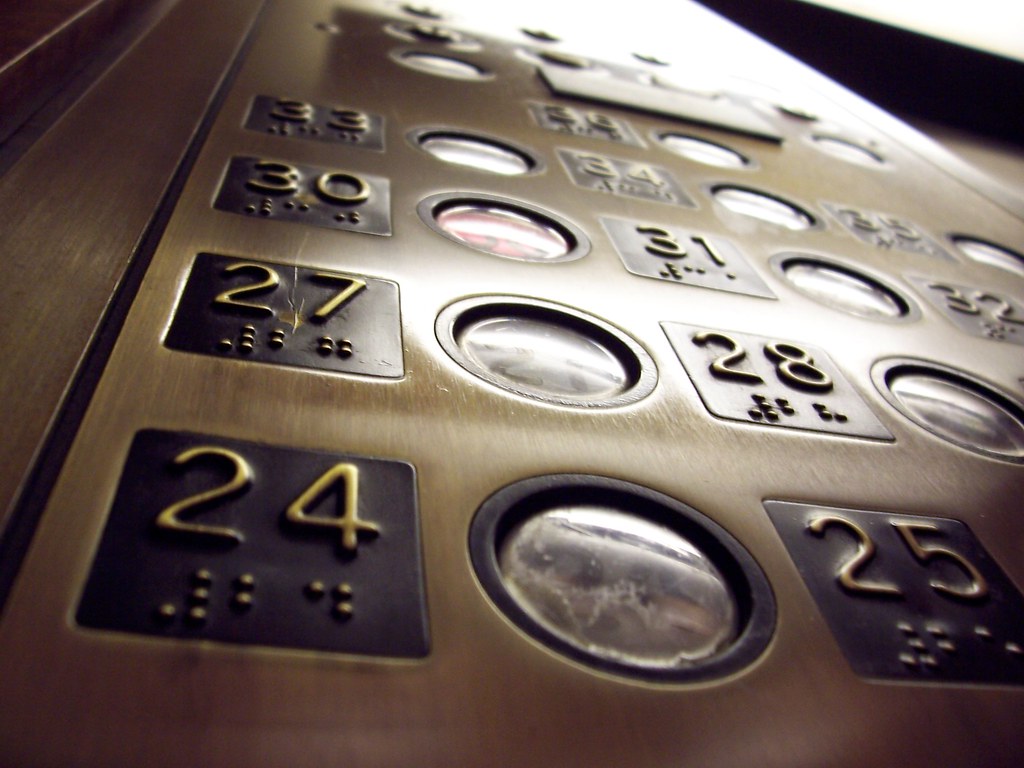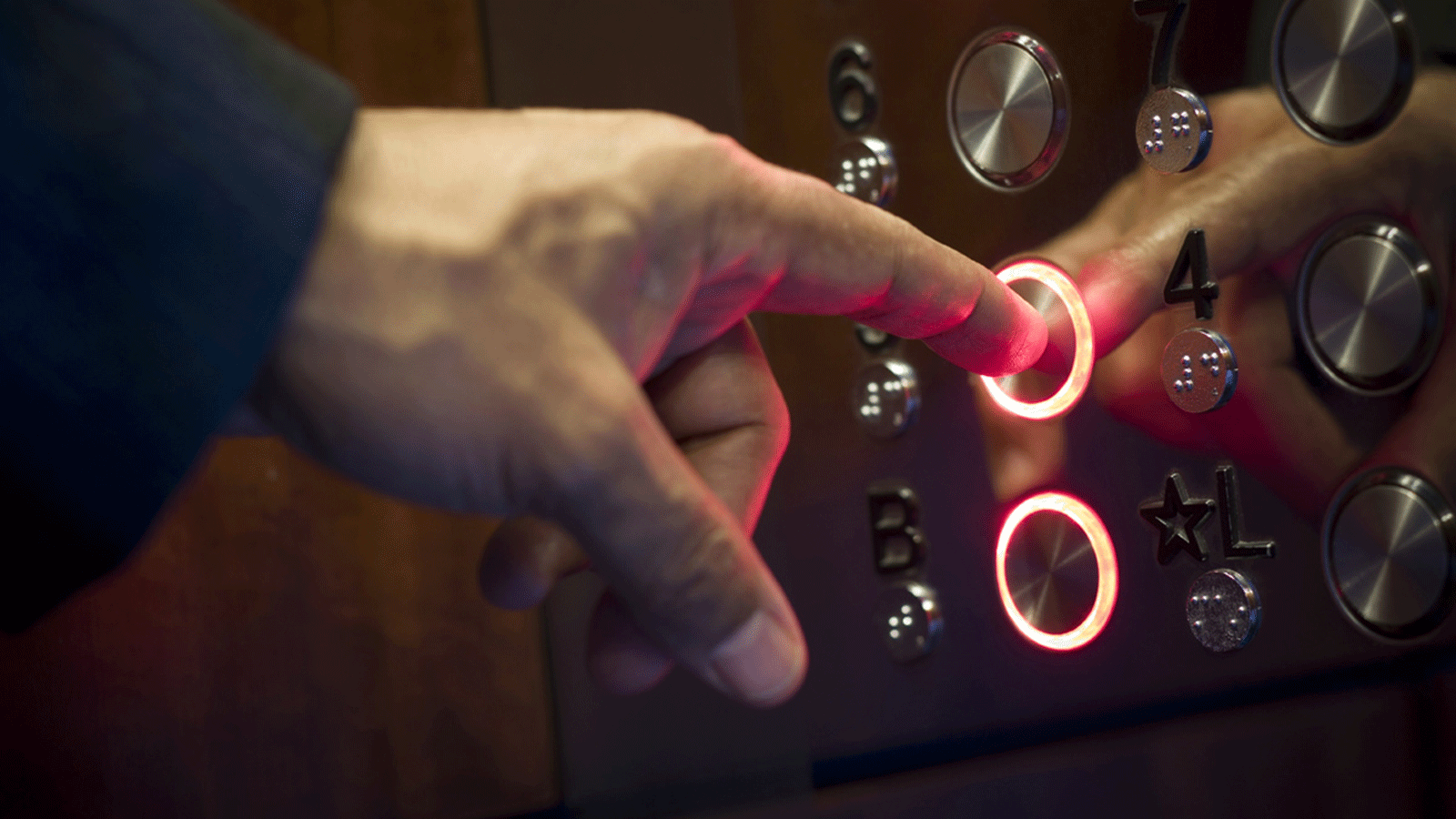
Elevators and lifts play a pivotal role in the functionality of modern buildings, ensuring seamless access across floors for individuals. Their constant operation requires diligent maintenance and timely upgrades to guarantee safety, efficiency, and longevity. This comprehensive guide delves into the critical aspects of maintaining elevators and lifts, spanning routine inspections to innovative modernization efforts.
Routine Maintenance and Inspection: The Lifeline of Elevators
At the core of elevator and lift maintenance lies the commitment to regular, thorough inspections. These preventive measures are vital for identifying potential issues early on, ensuring machinery operates smoothly and adheres to safety standards. In Canada, regulations stipulate annual inspections for elevators and lifts. However, considering the varying degrees of usage, more frequent checks may be necessary for high-traffic buildings. Technicians during these inspections focus on assessing wear and tear on cables, pulleys, and other mechanical parts, lubricating components to minimize friction, and verifying the functionality of emergency communication systems. Regular maintenance not only prevents unexpected breakdowns but also extends the lifespan of the equipment.
Embracing Modernization Programs
Technological advancements have significantly transformed elevator systems, making modernization an essential aspect of maintenance. Modernization efforts not only enhance the safety and performance of elevators but also contribute to energy conservation. Upgrading to more efficient motors and control systems can lead to considerable energy savings, while the transition to newer elevator models can elevate the reliability and safety standards. Modernization further encompasses the integration of digital solutions, like destination dispatch systems, which streamline elevator operations by grouping passengers based on their destination floors, thereby optimizing travel efficiency and reducing wait times.
Timely Repairs and Diligent Upkeep
Despite the most rigorous maintenance schedules, elevators and lifts may still encounter issues necessitating repairs. Promptly addressing these repairs is crucial for preventing further damage and maintaining optimal safety. Common signs that indicate the need for repairs include malfunctioning doors, erratic elevator movements, or unusual noises, each suggesting different underlying problems. It is imperative that only qualified technicians undertake repair works, employing high-quality parts to ensure the repairs last and maintain the reliability of the system.
Installation of New Elevator Systems
The installation process of new elevators and lifts is intricate and requires meticulous planning. Beyond the physical installation, adherence to local building codes and safety regulations is paramount. Selecting reputable manufacturers and experienced installers is vital, as they can offer invaluable advice on the most appropriate elevator types for specific buildings, taking into account factors like building size, expected traffic flow, and aesthetic preferences. A well-planned installation not only ensures operational efficiency but also enhances the building’s value and functionality.
Incorporating Advanced Technologies for the Future

The evolution of elevator technology towards touch-less and smart systems represents the future of building transportation. The introduction of destination dispatch systems marks a significant leap in efficiency, minimizing wait times and streamlining passenger flow. Additionally, the advent of touch-less technology, gaining prominence in the wake of health crises like the COVID-19 pandemic, offers a safer alternative to traditional button panels by utilizing sensors or smartphone applications for floor selection. These advancements not only improve user experience but also support public health initiatives by reducing contact points and the potential spread of viruses.
Elevating Your Building’s Value through Diligent Maintenance
Maintaining elevators and lifts transcends mere regulatory compliance; it embodies a commitment to ensuring the safety, comfort, and convenience of all users. By establishing a robust maintenance routine, embracing technological modernization, executing timely repairs, and adopting advanced technologies, building owners and managers can ensure their elevator services remain reliable and efficient. Ultimately, the aim is to facilitate smooth, safe vertical transportation that enhances the overall functionality and appeal of your property.
Final Thoughts
Hope you’ve found this comprehensive guide on elevator and lift maintenance both informative and useful. Whether you’re a building owner, manager, or just someone interested in the mechanics of vertical transportation, these tips and insights aim to enhance your understanding and approach to elevator upkeep. Feel free to share your thoughts or experiences in the comments below—we’d love to hear from you!
